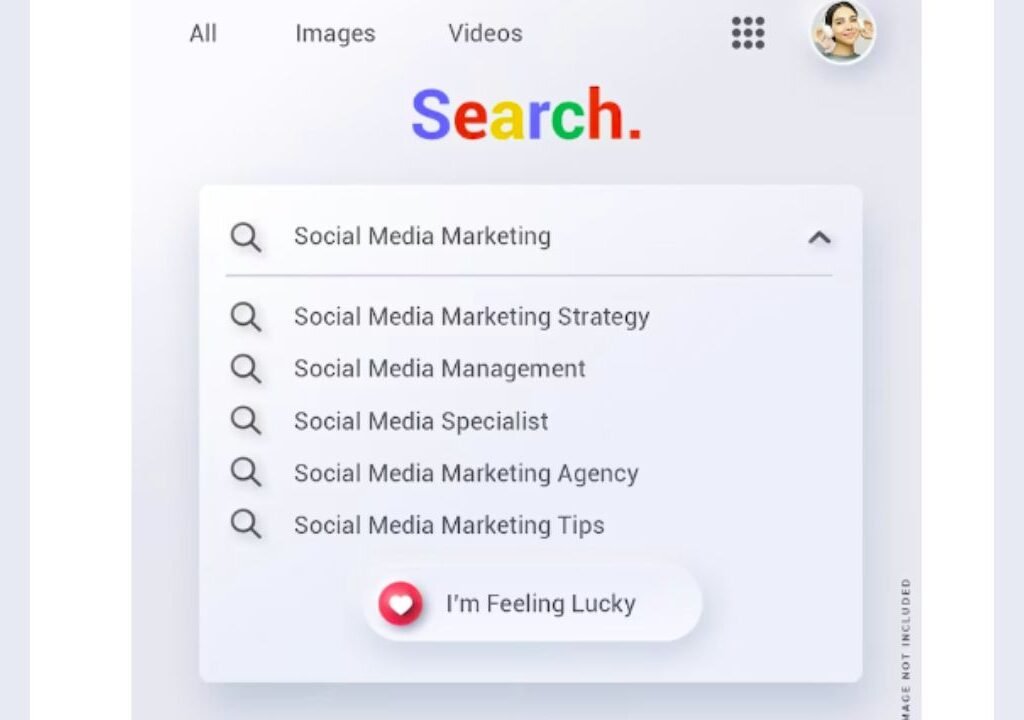In the vast landscape of digital marketing, where every click and conversion counts, the art of optimizing keywords stands as a pivotal strategy for boosting search engine visibility. As you delve into the realm of SEO, understanding how to effectively optimize keywords can mean the difference between appearing on the first page of search results or getting lost in the digital abyss. In this comprehensive guide, we’ll unravel the mysteries of keyword optimization, from laying the foundation to advanced techniques, and equip you with the tools you need to rise through the ranks of search engine rankings.
The Significance of Keywords
Keywords are the building blocks of SEO. They are the words and phrases that users enter into search engines when seeking information, products, or services. Optimizing keywords involves strategically incorporating these terms into your online content to ensure your website appears in relevant search results.
Building a Solid Keyword Research Strategy

Understanding User Intent
Effective keywords optimization begins with understanding user intent. Are users looking for information, products, or answers? By grasping their intent, you can tailor your content to meet their needs.
Long-Tail Keywords: The Hidden Gems
Long-tail keywords are longer and more specific phrases. While they may have lower search volumes, they often lead to higher conversion rates as they target users closer to making a decision.
Leveraging Keyword Research Tools
Keyword research tools like Google Keyword Planner, SEMrush, and Ahrefs provide valuable insights into search volume, competition, and related keywords, aiding in a comprehensive keyword strategy.
The Art of Keyword Placement
Strategic Use of Primary Keywords
Integrate primary keywords in vital areas like titles, headers, and the initial paragraphs. This signals search engines about your content’s relevance.
Incorporating Secondary Keywords
Secondary keywords support your primary keywords, enhancing the context of your content. They should be naturally integrated to maintain readability.
Crafting Compelling Meta Titles and Descriptions
Meta Titles: Your Digital First Impression
Meta titles should be captivating, concise, and include primary keywords. They directly influence whether users click through to your content.
Meta Descriptions: A Sneak Peek at Your Content
Meta descriptions provide a brief preview of your content. Incorporate secondary keywords and encourage click-throughs with a compelling call to action.
Keyword Density: Finding the Sweet Spot

Avoiding Keyword Stuffing
Keyword stuffing can lead to penalties from search engines. Maintain a natural flow by using keywords only where relevant.
Maintaining Natural Flow
Focus on readability. Keywords should seamlessly integrate into the content without disrupting the natural progression of the text.
The Influence of Latent Semantic Indexing (LSI) Keywords
Diversifying Your Keyword Portfolio
LSI keywords are contextually related terms. Integrating them diversifies your content and signals search engines about its relevance.
Enhancing Content Relevance
LSI keywords improve content’s comprehensiveness, making it more valuable to users and search engines alike.
Mobile Optimization: Keywords in the Age of Smart Devices
Voice Search and Conversational Keywords
Voice searches are often more conversational. Tailor some keywords to match how users speak, rather than type.
Local SEO: Navigating "Near Me" Searches
Optimize for “near me” searches by incorporating local keywords and maintaining updated business listings.
Monitoring and Adapting Your Keyword Strategy
Embracing Change in Search Trends
Search trends evolve. Stay updated and adjust your keyword strategy to align with changing user behavior.
Analytics and Performance Tracking
Monitor your keyword performance using tools like Google Analytics. Adapt your strategy based on what works best.
User Experience and Keywords
Reducing Bounce Rates with Relevant Content
Engaging content keeps users on your site longer, reducing bounce rates and signaling search engines about content quality.
Page Load Speed and SEO
Fast-loading pages enhance user experience and contribute to better search engine rankings.
Social Media and Keyword Integration

Hashtags as Keywords
On social media platforms, hashtags act as keywords . Use relevant and trending hashtags to increase discoverability.
Optimizing Social Media Profiles
Incorporate keywords into your social media bios and descriptions to improve visibility in platform-specific searches.
Balancing Keywords with High-Quality Content
The Marriage of SEO and Engaging Content
While keywords are crucial, high-quality, engaging content remains paramount for user satisfaction and search engine ranking.
Avoiding Content Cannibalization
Ensure that multiple pages on your site aren’t competing for the same keywords, as this can dilute SEO efforts.
The Future of Keyword Optimization
AI and Search Evolution
AI-driven algorithms will continue to shape the search landscape. Adapt to new technologies to stay ahead.
User Behavior and Personalization
Understanding individual user behavior and preferences will lead to more personalized search experiences.
Conclusion
In the dynamic world of digital marketing, mastering the art of keywords optimization is a journey of continuous learning and adaptation. By harnessing the power of keywords, you can unlock doors to greater online visibility, higher website traffic, and improved user engagement. Remember, the landscape may evolve, but the core principles of effective keyword optimization will always be your guiding light.
FAQs
Keyword optimization is the strategic incorporation of specific words and phrases into your online content to improve its visibility on search engines.
Long-tail keywords are more specific and often lead to higher conversion rates as they target users with clearer intent.
Tools like Google Analytics can help you track keyword performance and make informed adjustments to your strategy.
Yes, keywords are still relevant, especially in voice search. However, the nature of keywords might become more conversational.








